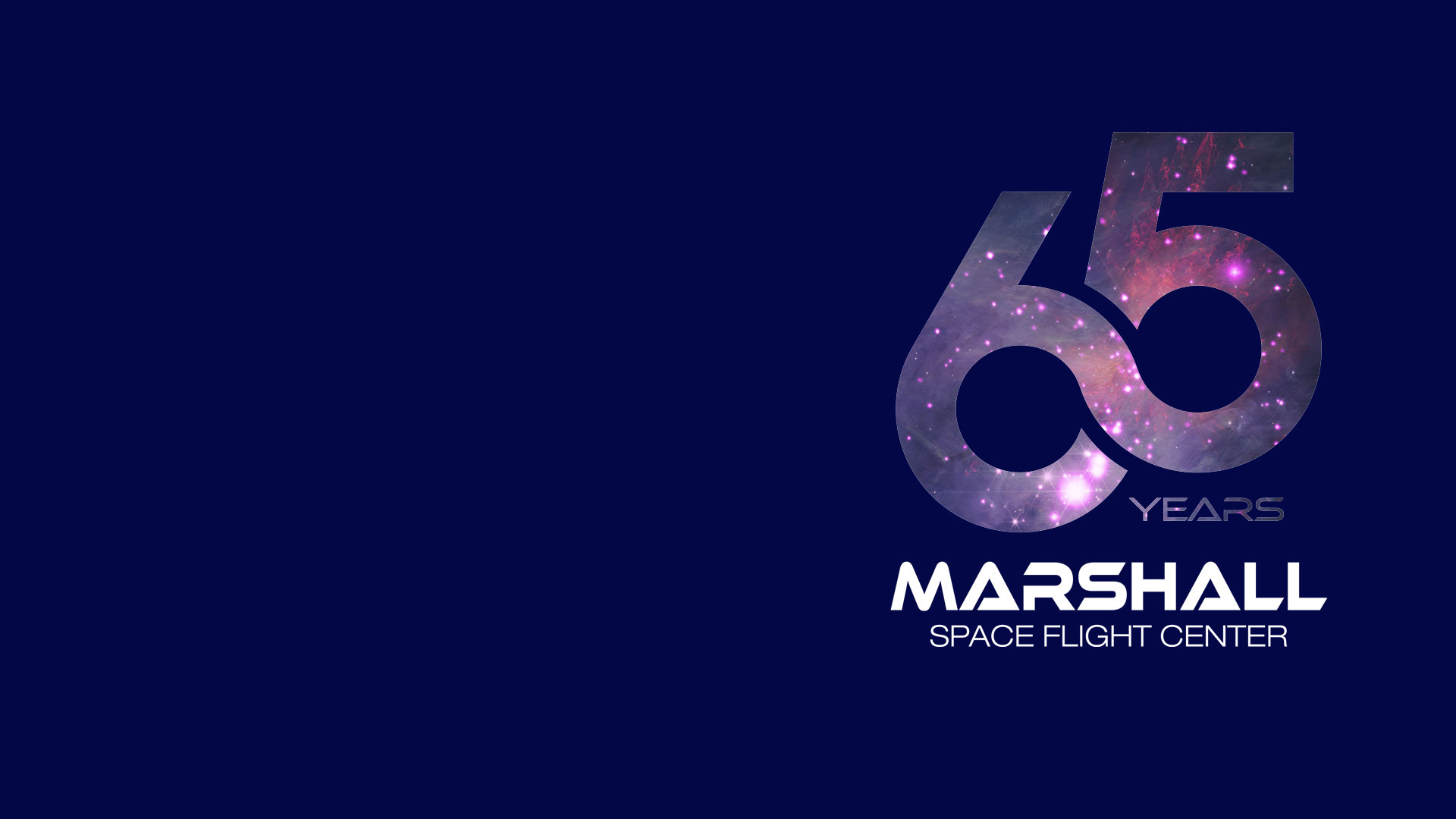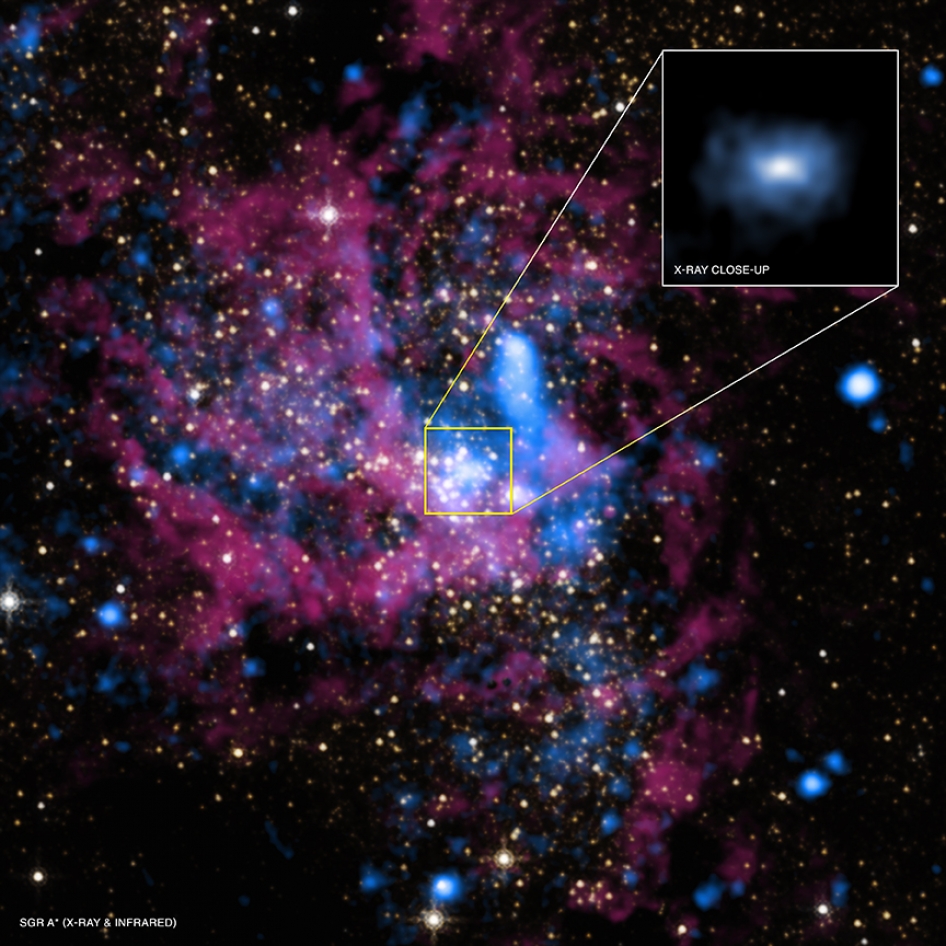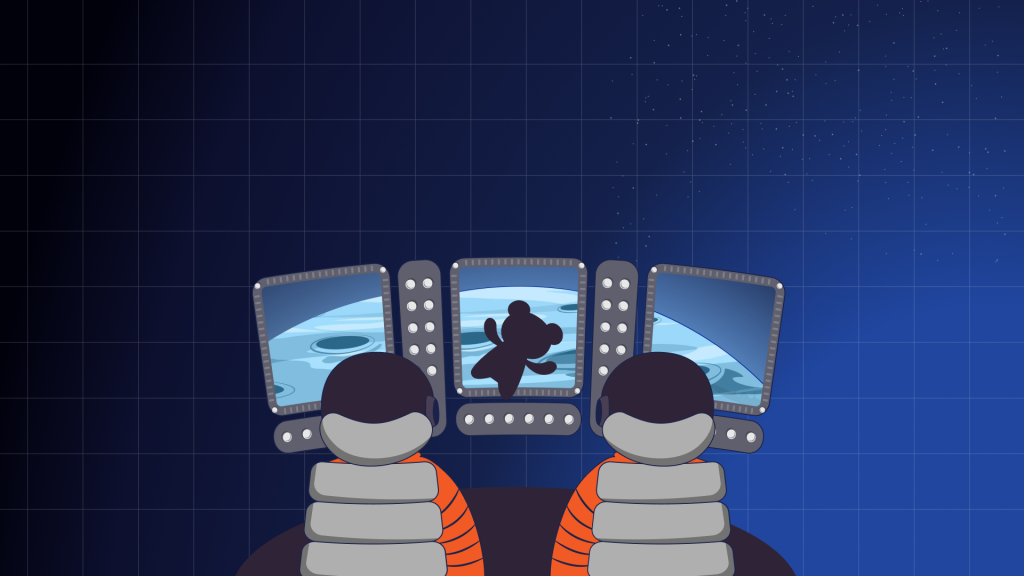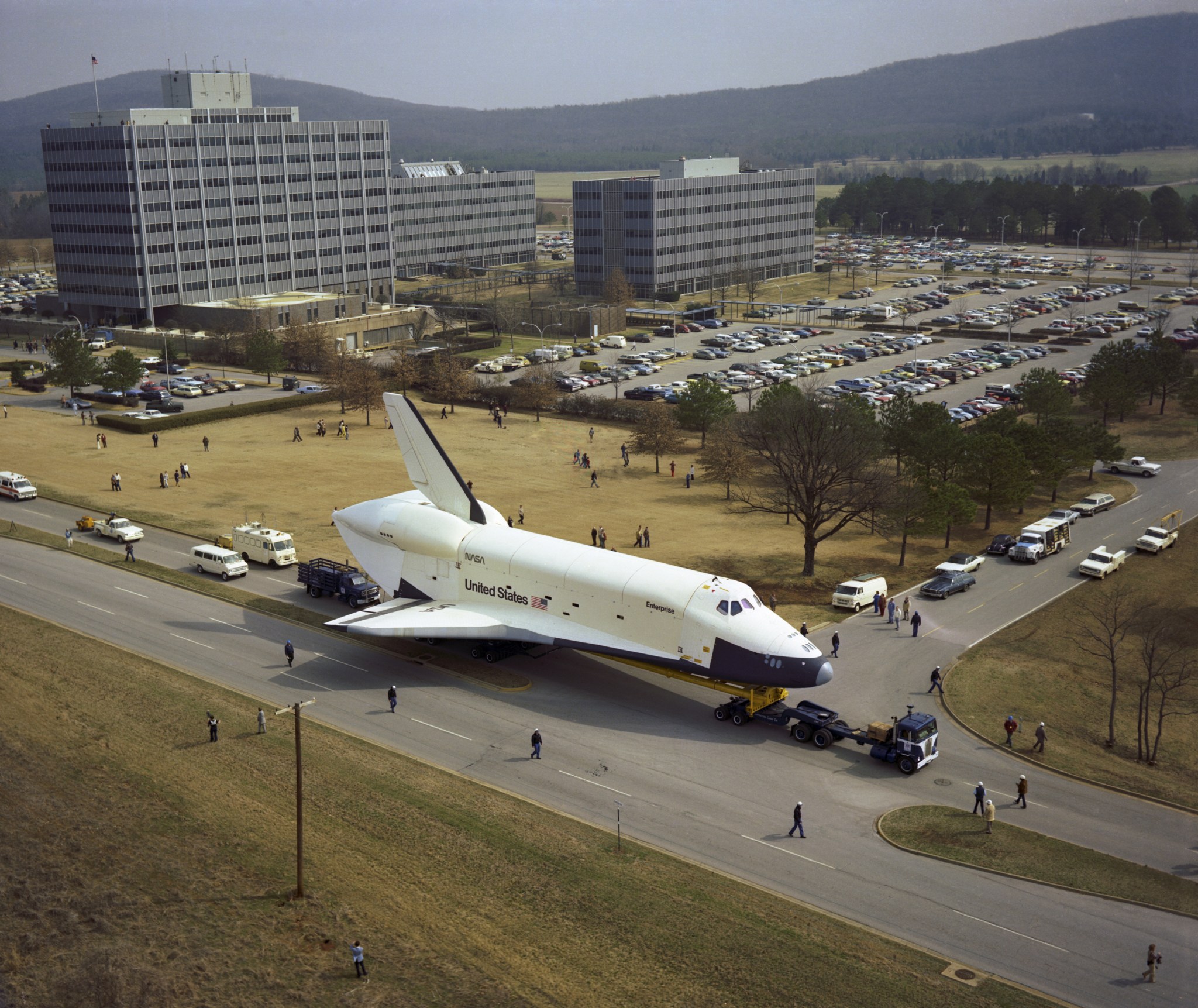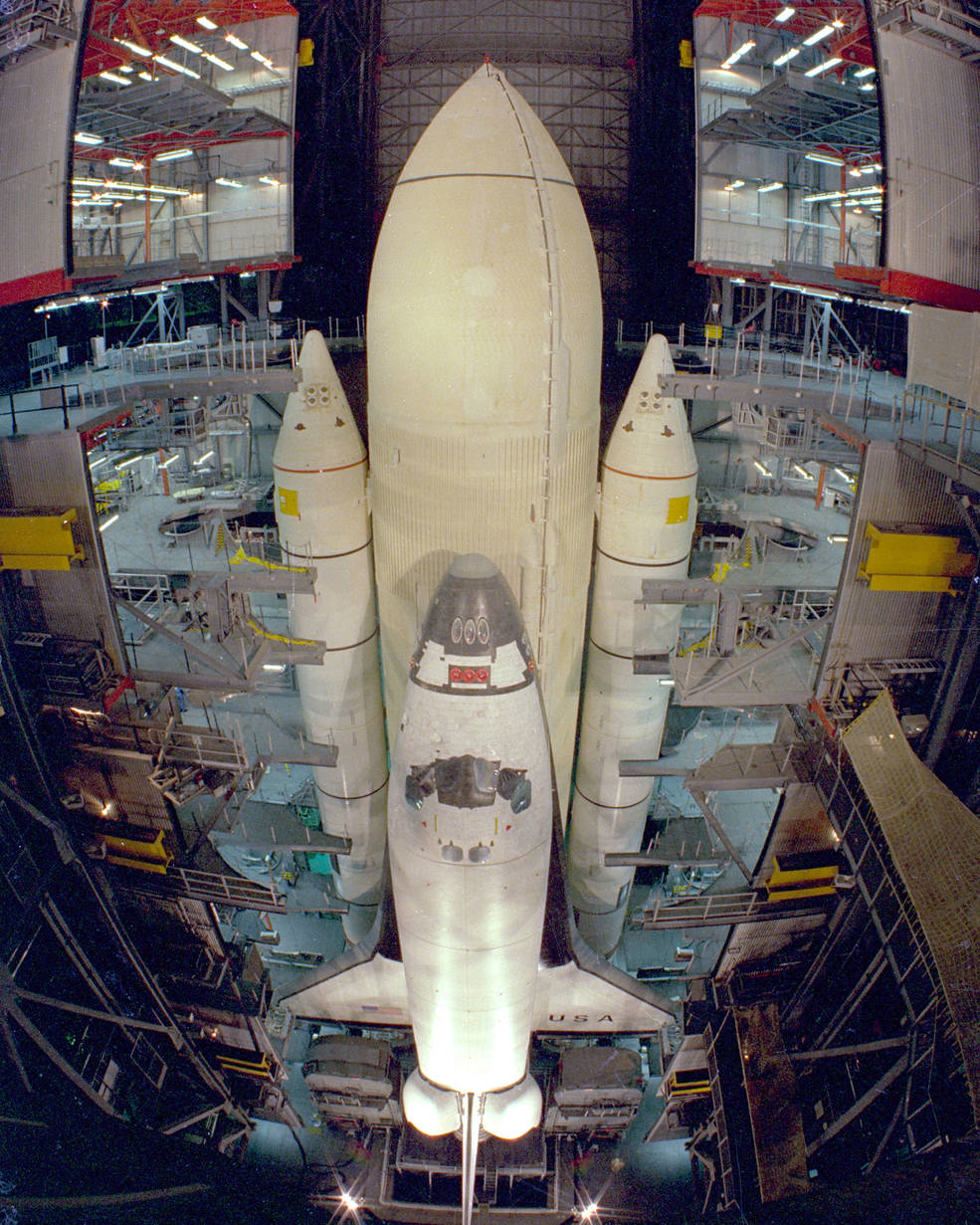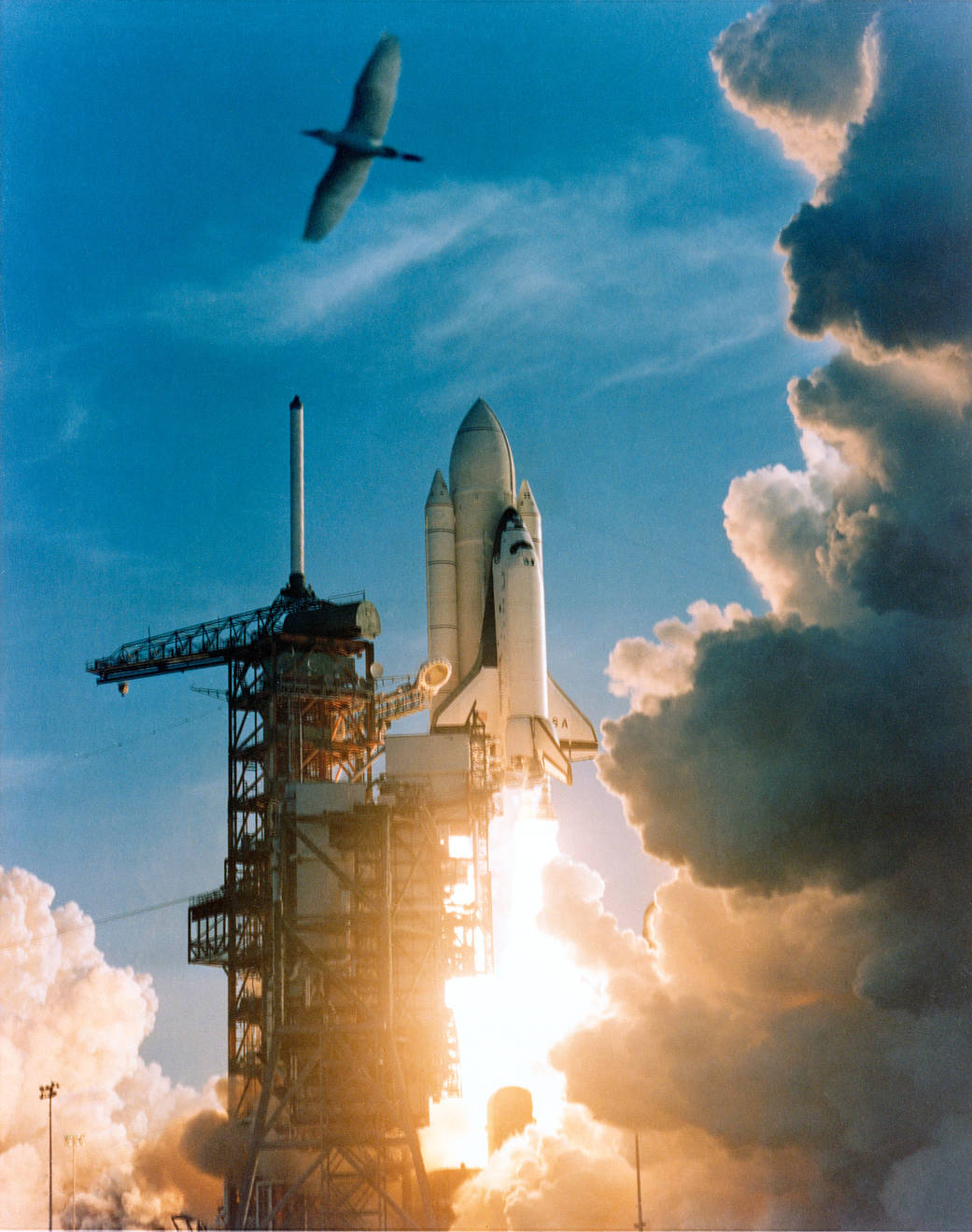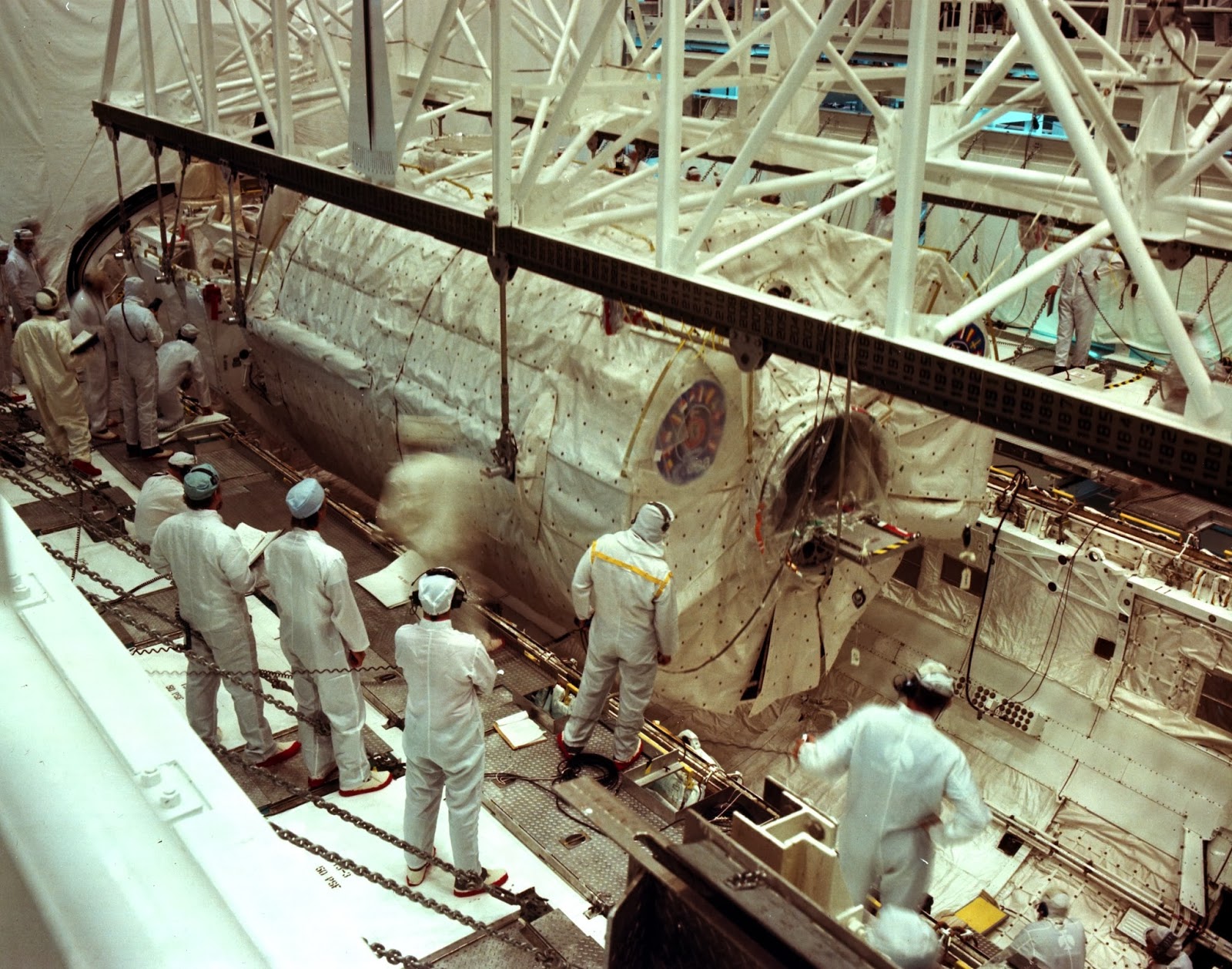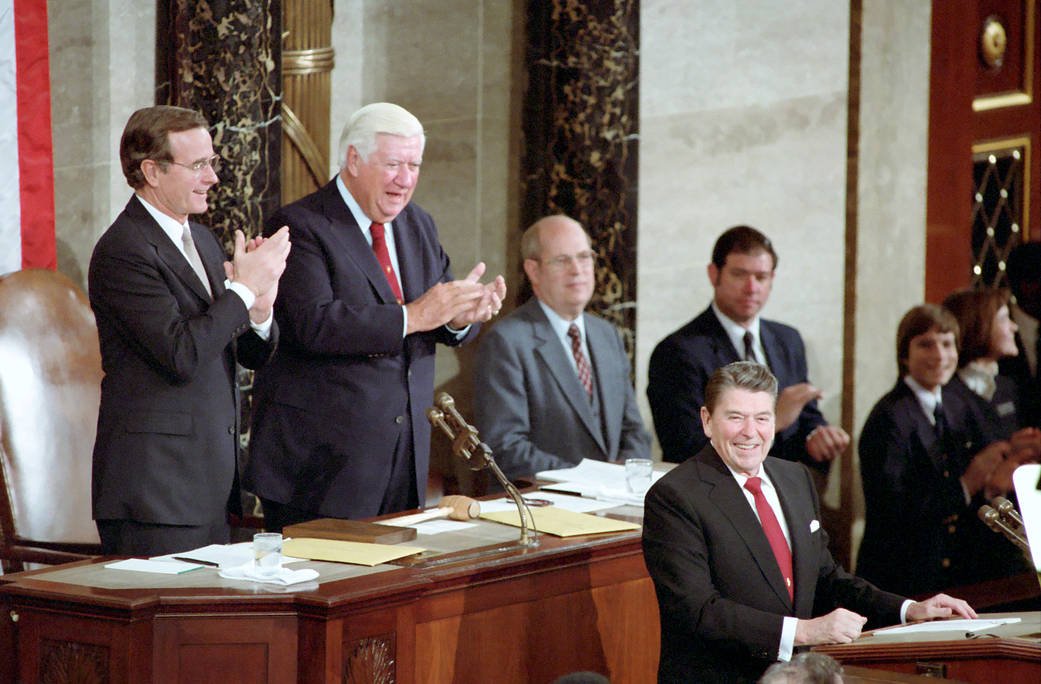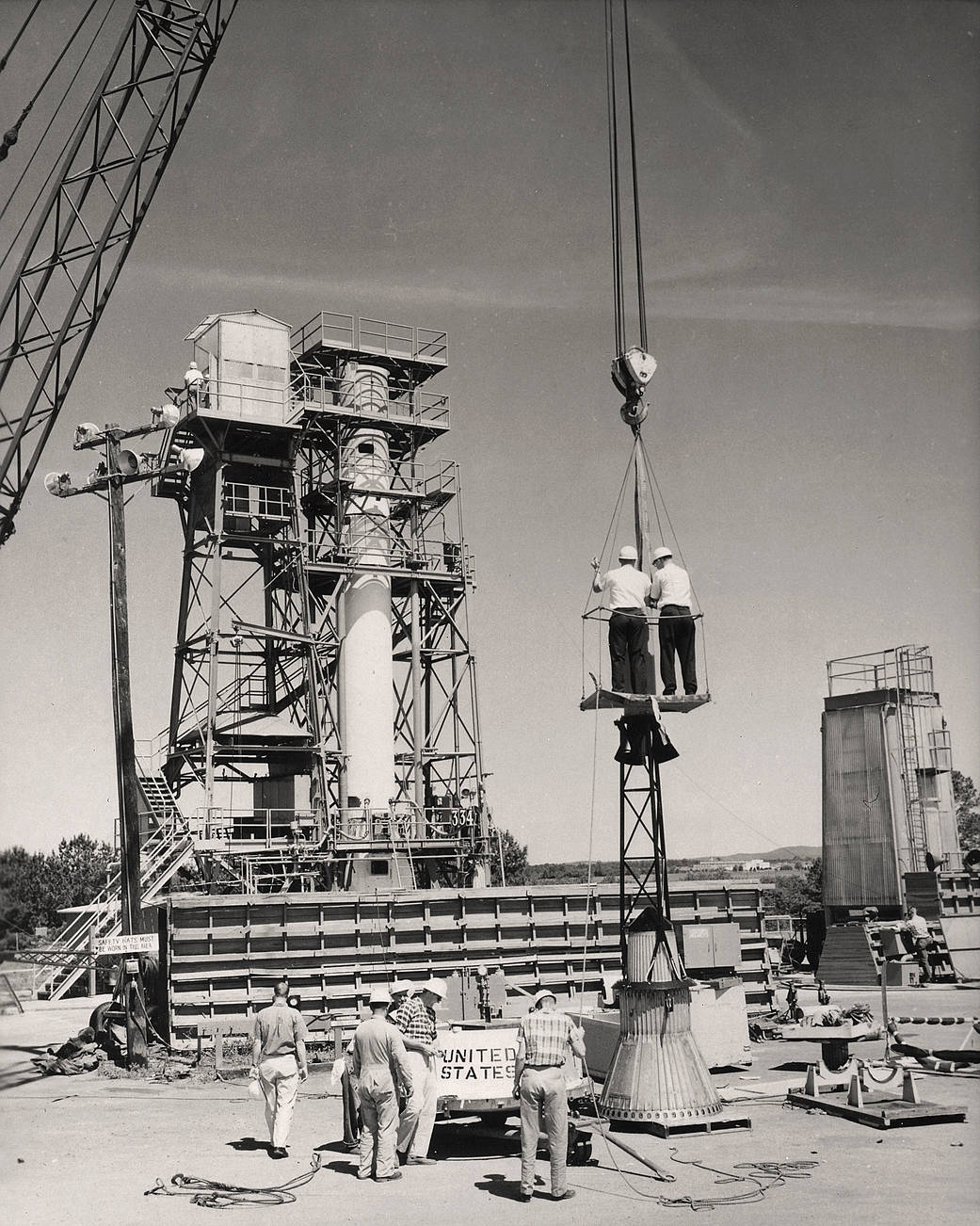Nov. 24, 1980:
The world gets its first good look at NASA’s integrated space shuttle, as the agency moves the Columbia orbiter out of the Orbiter Processing Facility at NASA’s Kennedy Space Center and into the mammoth Vehicle Assembly Building, to be mated with the external tank and twin solid rocket boosters that will, in five short months, push it into the sky and open a new era in space exploration.
April 12, 1981:
Marshall-developed propulsion systems unleash nearly 6 million pounds of thrust during the maiden launch of Columbia, America’s first space shuttle, embarking on the first Space Transportation System (STS-1) mission. The shuttle lifted off at 7:03 a.m. EST and performed as expected, with flawless separation of the solid rocket boosters and external tank. The two-man crew included commander John W. Young, a veteran of six Gemini-era spaceflights and the Apollo 16 Moon landing, and rookie pilot Robert L. Crippen. Columbia orbited Earth 36 times before Young made a picture-perfect landing at Edwards Air Force Base in California’s Mojave Desert.
Nov. 12, 1981:
NASA achieves another first when space shuttle Columbia returns to space just seven months after its maiden voyage in April 1981. Commander Joe Engle and pilot Richard Truly put Columbia through its paces during STS-2, and the space shuttle era was firmly underway.

Nov. 28, 1983:
The first Spacelab science mission is launched aboard space shuttle Columbia during STS-9, successfully completing 72 microgravity experiments in 10 days. Representing a partnership between NASA and the European Space Agency (ESA), Spacelab was designed by ESA to be a reusable laboratory that fit into the shuttle cargo bay, enabling astronauts to conduct experiments in microgravity. The Spacelab 1 mission marked the first six-person shuttle crew and included the first non-American – German-born ESA astronaut Ulf Merbold – ever to fly on a U.S. space mission. Spacelab would be flown on 16 shuttle missions over the next 15 years, the last in 1998 during STS-90.
Dec. 10, 1983:
On this date, as Marshall continues to oversee development of the flagship-class space imager, the Advanced X-ray Astrophysics Facility (AXAF), the acclaimed astrophysicist Dr. Subrahmanyan Chandrasekhar is awarded the Nobel Prize in Physics for his work explaining the structure and evolution of stars. Fifteen years later, as Marshall engineers and their contract teams readied the imager for its historic launch, AXAF’s name was officially changed to honor this groundbreaking scientist: NASA’s Chandra X-ray Observatory.

Jan. 25, 1984:
President Ronald Reagan’s State of the Union address to Congress includes the first official public announcement of the intent to build “Space Station Freedom,” a permanently crewed science outpost in Earth orbit. The ambitious program eventually led NASA to develop the U.S. portion of the International Space Station, including key hardware, modules, and support systems designed, developed, and managed at Marshall over the next two decades.
Oct. 3, 1985:
The U.S. National Park Service officially designates four Marshall facilities – the Redstone Test Stand, the Propulsion and Structural Test Facility, the Dynamic Test Stand, and the Neutral Buoyancy Simulator – as National Historic Landmarks. On July 15, 1987, the National Park Service adds one more Huntsville landmark to its list: the Saturn V on display at the U.S. Space & Rocket Center.
Jan. 28, 1986:
Seventy-three seconds into liftoff from NASA’s Kennedy Space Center, 46,000 feet above the Atlantic Ocean, the space shuttle Challenger explodes due to a temperature-related component failure, which caused a leak in one of the solid rocket boosters and ignited the main liquid fuel tank. All seven crew members died, marking the first major loss of life for NASA crews since fire swept through the Apollo 1 command capsule on Jan. 27, 1967, killing astronauts Gus Grissom, Edward White, and Roger Chaffee. In the wake of the Challenger accident, the shuttle fleet was grounded for 32 months. NASA introduced new safeguards for the fabrication, testing, and launch of America’s space fleet, including an innovative crew escape system. STS-51 would have marked Challenger’s 10th space mission.
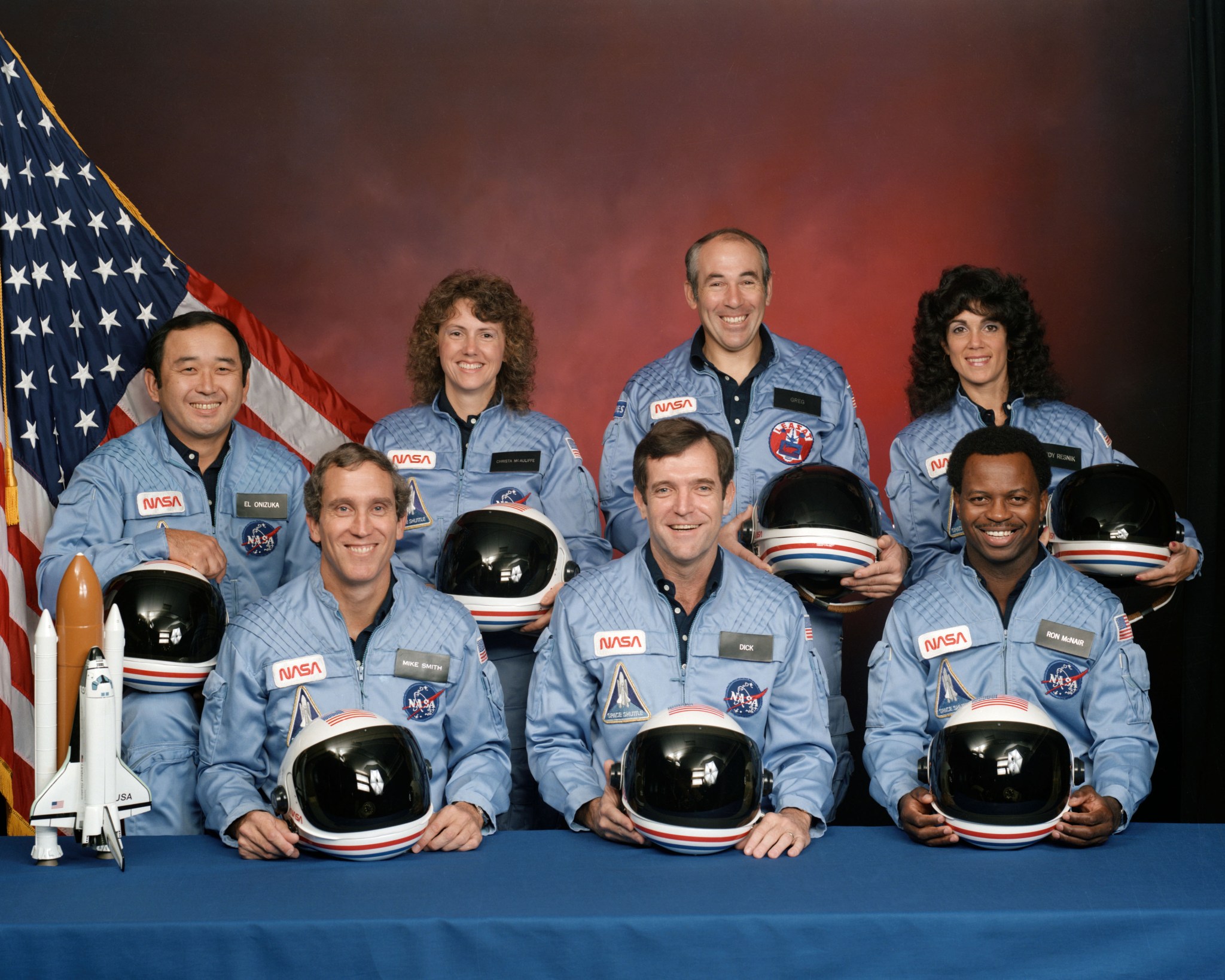
Sept. 29, 1988:
The liftoff of space shuttle Discovery to begin the STS-26 mission marks NASA’s first return to flight in the wake of the Challenge mishap. Over the course of its four-day mission in Earth orbit, the Discovery crew deployed the second Tracking and Data Relay Satellite (TDRS-C), part of a network of American communications satellites and ground stations supporting real-time NASA space communications.

More Marshall Decades
Marshall 65
For 65 years, NASA’s Marshall Space Flight Center has shaped or supported nearly every facet of the nation’s ongoing mission of space exploration and discovery, solving the most complex, technical flight challenges and contributing to science to improve life and protect resources around the world.
Learn More about Marshall 65